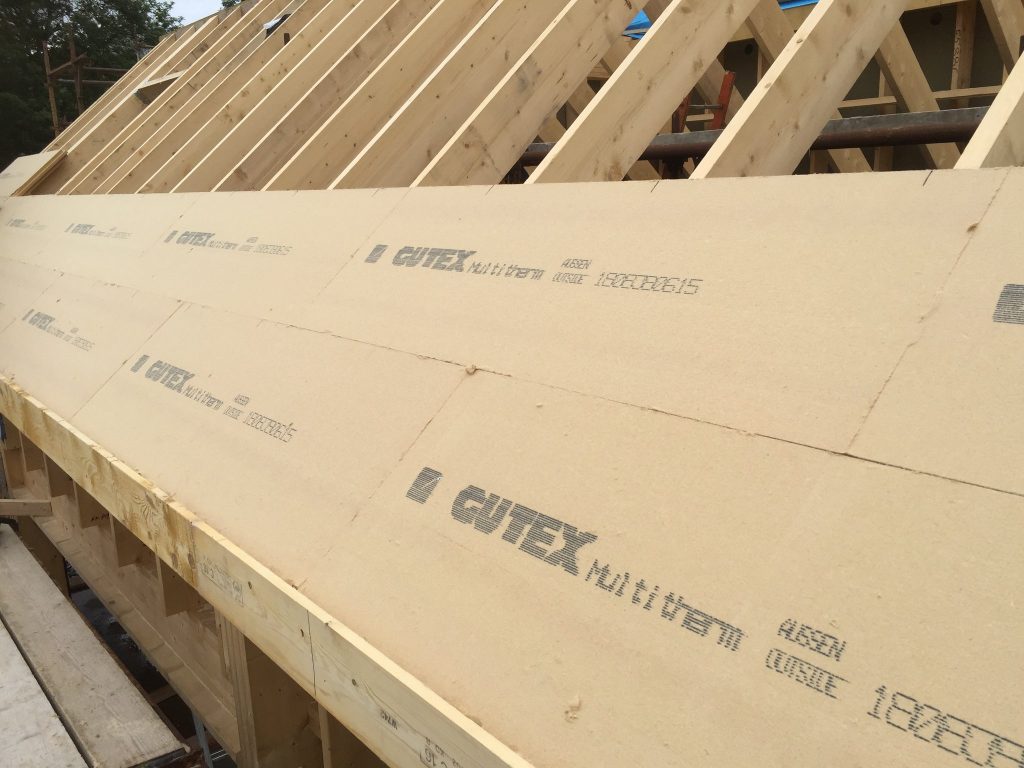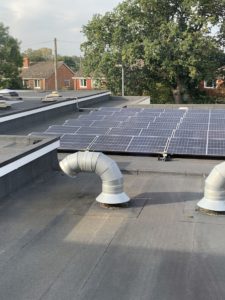Wood fibre insulation is 100% renewable material with an environmentally friendly profile. But what actually is it and is it worth the investment?
All insulation products have the same mission: to minimise heat loss during the winter months and to take in heat throughout the summer. The goal? To make a home as efficient as possible.
Which – as we all know – is a much needed step in a sustainable direction. More efficient homes mean a reduction in energy emissions and a big old cut in bills. A double win, really.
But, you can take it a step further. As a home-owner, a builder, a project manager or a designer, you can choose to utilise an eco-friendly insulation solution.
One of those solutions is wood fibre insulation boards.
Wood fibre boards are a renewable source of insulation that deliver a variety of functions.
It provides robust and flexible insulation for floors and roofs as well as studs and rafters. The wood – which is recyclable – locks in carbon during growth and is relatively free from polluting factors.
It tends to have low u-values, making it a highly effective insulator as it allows heat to pass through more readily.
Why not sign up to our email list to receive a copy of our Embodied Carbon Guide using the link below: Signup Here.
What benefits does it provide?
Aside from the major sustainable benefits of wood fibre insulation board (it is 100% compostable and recyclable at the end of its “life”), they also support exceptional acoustic insulation. That’s because heavyweight insulation materials such as wood fibre tend to be between 6 and 12 times the density of synthetic counter options. This results in a better absorbing vibration, and quieter, calmer living spaces.
Contrary to what you may think, they also provide an added layer of fire safety. In the event of a fire, the boards char and produce a layer of ash across their surface; this, in turn, acts as a barrier and stops oxygen from reaching the wood fibre. This works as protection for longer.
It is hygroscopic – this means it works as a humidity controller to prevent dampness; a nightmare for many homeowners. It is also a good friend when it comes to air leakage tests thanks to its flexibility and allowance for compression: you can create a tight fit with rafters and walls to eliminate any unwanted leakage.

So far, so good. But what are the disadvantages of wood fibre insulation?
Unfortunately, nothing in life is perfect; and wood fibre boards are no exception.
Wood fibre is often imported from another country, which adds to its embodied carbon footprint. It can also be treated with paraffin wax, which initially is derived from petrochemicals. Perhaps its green tick isn’t quite so big?
In addition, the rigid boards – while bursting with benefit – can be fragile; something that is worth keeping in mind when designing your build.
Our verdict?
Although wood fibre is one of the more expensive materials to insulate a home with, the benefits outweigh the initial cost.
It is breathable, adaptable and has the huge bonus of being a carbon neutral product.
It may not cross every box, but it does contribute enormously to the green homes agenda.
If you want to find out more about how to produce a more efficient, sustainable home, contact Buildpass. We’d love to find out more about you.
Image in heading courtesy of Terry Huggett of Terry Huggett Developments.





















